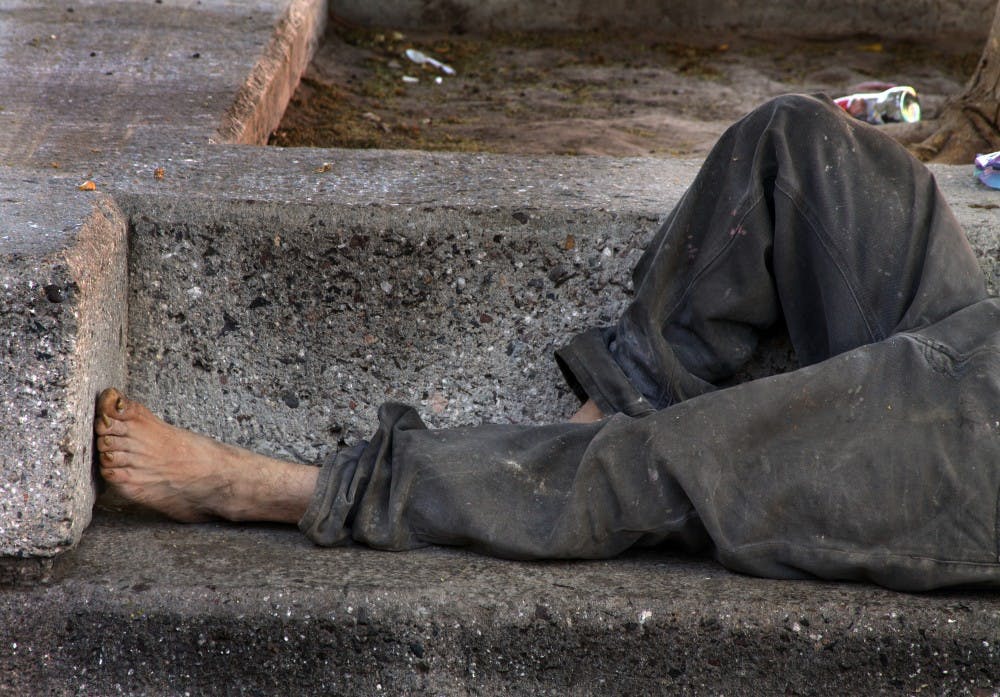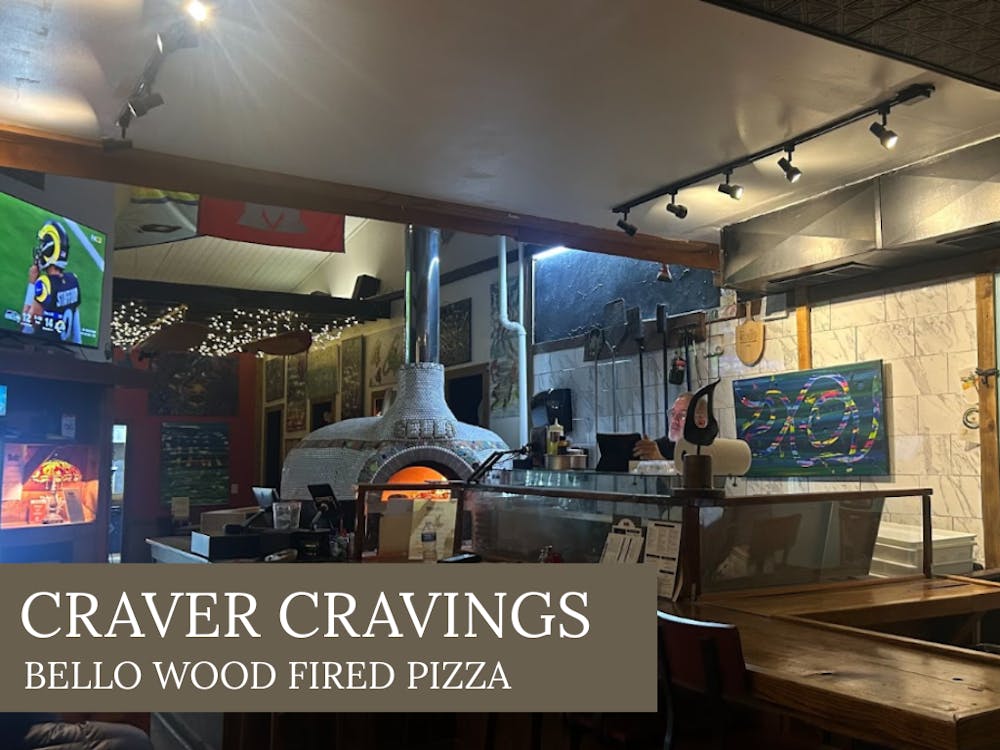By Tess Sohngen, Over-the-Rhine Correspondent
Since the mid-1900s, Federal programs like food stamps and the Supplemental Nutrition Assistance Program (SNAP) provided a hunger safety net for those who are food insecure, but many - particularly those experiencing homelessness - fall through the cracks.
Food insecurity does not mean a person is insecure or unsure about the safety or nutritional value of the food they are eating; it references the inability or uncertainty to access nutritionally adequate and safe food in socially appropriate ways. This includes having to panhandle for food, search through garbage or resorting to emergency food supplies.
Approximately one in eight people in the United States are food insecure, according to Feeding America, the largest network of food banks and related research in the country. In Hamilton the percentage of food insecure people are 18.6, above the national average of 15.4 percent, based on 2014 data. Poverty is the primary cause of food insecurity in the country, and 72 percent of all Feeding America client households live at or below the federal poverty level.
SNAP is the largest federal program addressing food insecurity and hunger, but the 2015 White House Report suggested that current SNAP benefits are inadequate for households. Furthermore, those who experience homelessness are further inhibited to access to food because of SNAP benefit restrictions. Those who receive SNAP benefits cannot use that money for hot foods or food that will be eater in the store. Without an adequate place to store or cook a meal, the SNAP benefits do not adequately fit the needs of those experiencing homelessness. SNAP benefits also cannot be used toward vitamins and medicine.
Inadvertently or not, this program and many others punish those experiencing homelessness through these rules and regulations, even though individuals and families experiencing homelessness are those who require the most assistance against food insecurity and hunger. Because SNAP and other programs are designed to not help those experiencing homelessness, some do not bother to receive any benefits toward food insecurity at all.
In a 2013 study of food insecurity among people experiencing homelessness in New Jersey, 94 percent of the sample population were food insecure. Even though all 319 participants, or an overwhelming majority of those, qualified for SNAP benefits and food assistance, only 55 percent of the sample population were currently receiving SNAP benefits.
Even with the help of SNAP and other food assistance programs, the diets of those who are food insecure do not meet the nutritional needs they require. The diets of food insecure individuals are low in essential vitamins and minerals while high in saturated fats, sodium and cholesterol. For the participants in the study, they averaged approximately 74 daily servings of fats (USDA recommends only 6 daily servings) and fell below the USDA recommended number of daily servings for every other food group except grains.
Food insecurity is also a significant predictor of negative nutritional outcomes in adults, according to the New Jersey study. Overweight and obesity, diabetes, cardiac disease and chronic diseases. Those experiencing homelessness face even higher risks of health problems, especially if they have experienced homelessness and poverty for an extended period of time. Additionally, the nutritional adequacy of their diets are less considered (if at all) because safety and shelter are the primary concerns of those experiencing homelessness, which often takes precedent over health problems these individuals might be facing.
Federal programs are not alone in punishing those experiencing homelessness. Recent city ordinances across the country have made food- and resource-sharing restrictions among those experiencing homelessness illegal. Other ordinances target soup kitchens providing hot meals claiming the restrictions aim to ensure that those experiencing homelessness receive nutritious and safe meals.
Limiting access to food is just one more avenue through which cities have criminalized homelessness, starving individuals of their rights and basic needs.




